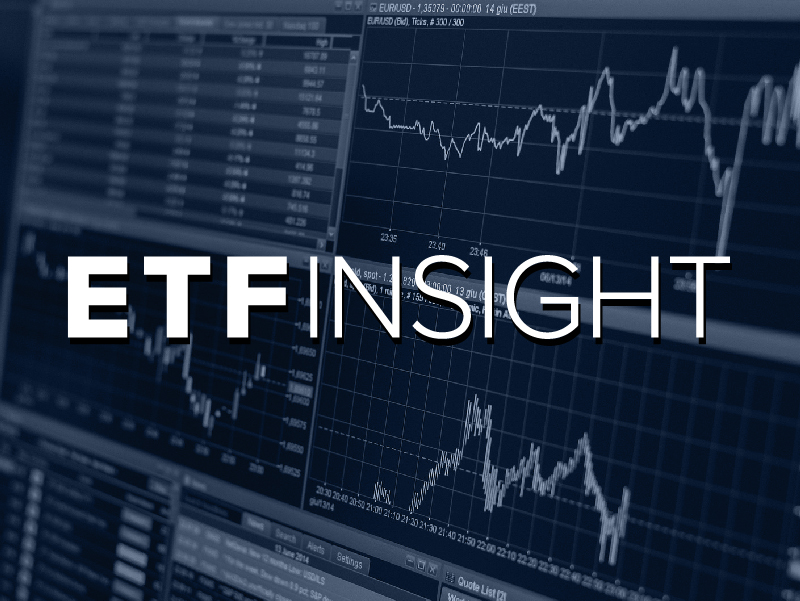ETF liquidity visibility is improving all the time in Europe, however, investors are still unable to see the full liquidity picture on the ETFs they invest in.
This is playing a part in hampering growth this side of the pond. As investors are incapable of fully assessing each ETF’s liquidity merits, they can simply opt for other investment vehicles which do give them this access.
Market participants estimate around 70% of ETF trading is done over-the-counter (OTC) in Europe while the rest is done on exchange.
Prior to the introduction of MiFID II at the beginning of 2018, only market makers and ETF issuers were able to view the OTC trading with investors unable to fully see how liquid an ETF was.
For example, if a UK investor wanted exposure to an S&P 500 ETF, they would only be able to see the liquidity of the ETF listed on the London Stock Exchange.
However, the ETF could also be listed on Xetra, Borsa Italiana or any other of the 25 exchanges in Europe and the product would also be traded OTC meaning investors would only get a fraction of the amount that ETF traded.
In the MiFID II directive, steps were taken to improve this liquidity visibility as it requires OTC ETF trades to be reported for the first time.
Furthermore, in December 2018, Bloomberg teamed-up with issuers to launch an ETF Aggregate Volume field on the back of MiFID II, which incorporates OTC and exchange trades. Bloomberg estimates its field covers 85% of the market.
Despite the steps made however, the European ETF market is crying out for a consolidated tape that will enable investors to see the total trading volume in one place, especially for those without a Bloomberg terminal.
Morningstar: European ETF assets to hit €2trn by 2024
According to Jim Goldie, head of ETF capital markets at Invesco, there are multiple approved publication arrangements (APAs) and reporting venues for each UCITS ETFs, resulting in over 200,000 data points.
“Therefore, it is a cumbersome and data intensive exercise to capture and consolidate all the different ways secondary market ETF volumes are reported,” Goldie continued.
“While MiFID II presented the opportunity to demonstrate OTC liquidity in UCITS ETFs, one of the biggest challenges has been the ability to showcase that liquidity in the absence of a consolidated tape.
“The introduction of a consolidated tape will further enhance the industry’s ability to demonstrate the liquidity, transparency and strengths of the UCITS ETF market, which would further catalyse the growth of the sector.”
The situation is in stark contrast to the US which has the benefit of one currency, one regulatory directive and a consolidated tape, a perfect environment for ETF growth.
This environment has led to ETF assets domiciled in Europe growing to over $4trn while in Europe, they are yet to break the $1trn barrier.
Ben Miller, director, institutional ETF trading, at Optiver, added: “In the US, investors are able to view the full liquidity of ETFs they invest in whereas European investors do not due to the numerous listings across the many exchanges.”
According to one industry source, there is currently a tender out for someone to create the tape but “no-one is picking up the tab”.
It makes sense that a data provider is the most likely to create a consolidated tape but it will be expensive making either Bloomberg or Reuters the most likely candidates.
While a lack of education around ETFs remains a big issue for European investors, the lack of transparency around the liquidity of each product does little to help this.
Christopher Meyers, managing director at Flow Traders, said investors with lesser knowledge of ETFs were being held back by a lack of full liquidity transparency.
“With the consolidated tape investors will have easy access to the right information in one location,” he added.
Miller concluded by saying the tape would be a “game changer” for the ETF industry as it would enable the market to become more efficient.
A truly efficient market is what is required if issuers want to see the staggering ETF growth in the US replicated in Europe and a consolidated tape is a crucial piece in the jigsaw.
ETF Insight is a new series brought to you by ETF Stream. Each week, we shine a light on the key issues from across the European ETF industry, analysing and interpreting the latest trends in the space. For last week’s insight, click here.


